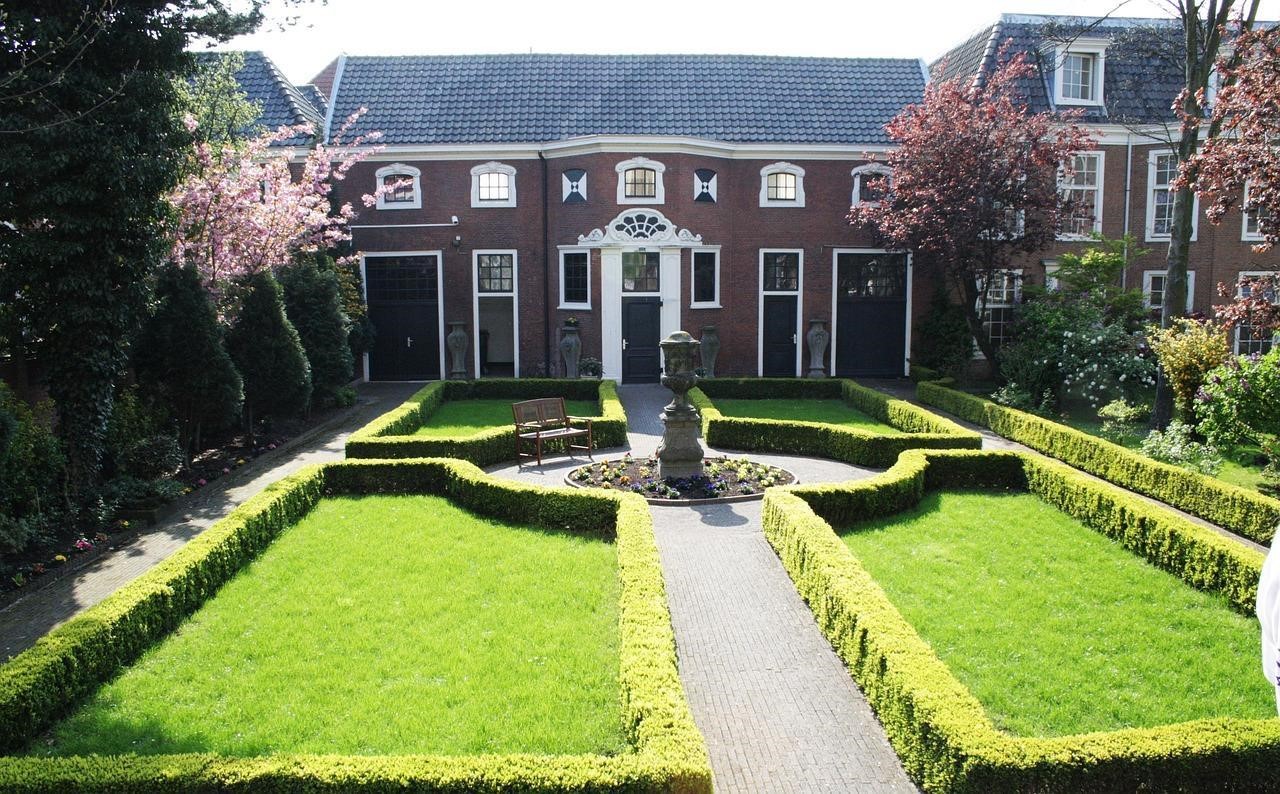Image source: Pixabay
Implementing sustainable landscape design in urban areas can transform concrete jungles into green havens. You want to balance ecological benefits with aesthetic appeal, making cities more livable.
Think native plants that require less water and maintenance, smart irrigation systems, and tech-driven planning tools. Urban sustainability is not just a buzzword but about creating healthier spaces for everyone.
Keep reading to discover practical strategies to make your urban space both eco-friendly and visually stunning.
Selecting the Right Plants for Urban Sustainability
Choosing the right plants is essential in sustainable landscape design. Opt for native and drought-tolerant species that thrive with minimal water and maintenance. Native plants are adapted to local conditions, reducing the need for fertilizers and pesticides.
Consider integrating a mix of perennials, shrubs, and groundcovers to create layers of vegetation. This approach supports biodiversity by providing habitats for various wildlife species. Thoughtful plant selection creates resilient urban landscapes that look beautiful year-round while conserving natural resources effectively.
Efficient Water Management Techniques
Building on your plant choices, efficient water management is key to sustainable landscape design. Use smart irrigation systems that adjust watering schedules based on weather data and soil moisture levels. Drip irrigation, in particular, reduces water waste by delivering moisture directly to plant roots.
Rainwater harvesting is another practical strategy. Collect rainwater in barrels or underground tanks and use it for irrigation during dry periods. Permeable paving materials also help manage stormwater by allowing it to soak into the ground rather than running off into drains.
Utilizing Technology for Efficient Planning
Leveraging technology is also an excellent way of streamlining your sustainable landscape design process. Use Geographic Information Systems (GIS) to analyze the environmental impact and spatial relationships within your urban area. This data-driven approach helps in making informed decisions about plant placement and water management.
Another tool worth exploring is Dynascape, an end-to-end landscape business management software that assists professionals in meeting customer goals effectively.
Also, software tools like AutoCAD and SketchUp enable you to create detailed 3D models of your landscape projects. These visualizations can identify potential issues early, saving time and resources during implementation.
Incorporating Green Infrastructure Elements
Adding green infrastructure elements significantly enhances urban sustainability. Incorporate features like green roofs and walls, which provide insulation, reduce heat islands, and improve air quality.
Green roofs consist of layers of vegetation installed on rooftops. They absorb rainwater, reducing runoff while also providing a habitat for wildlife. Green walls or vertical gardens can be integrated into building facades to maximize space efficiency in dense urban areas.
Also, consider bioswales—landscape elements designed to capture and filter stormwater through vegetation before it reaches waterways. This manages water effectively and beautifies urban settings with natural greenery.
Integrating Renewable Energy Solutions
Integrating renewable energy solutions can significantly boost the sustainability of your urban landscape. Install solar panels on rooftops or within green spaces to harness clean energy for lighting and irrigation systems.
Wind turbines, even small-scale ones, can generate additional power in open spaces without taking up much room. Hybrid systems combining solar and wind energy maximize efficiency by adapting to varying weather conditions.
It also reduces your carbon footprint and promotes a forward-thinking approach to urban design that aligns with global sustainability goals.
Involve Local Communities
Lastly, engaging the community is a must. Involve local residents in planning and maintaining green spaces to foster a sense of ownership and responsibility.
Community gardens, for instance, offer shared spaces where people can grow their own food, promoting both social interaction and environmental stewardship. Host workshops or informational sessions on sustainable practices to educate your neighbors about native plants, water conservation, and renewable energy.
Public involvement enhances the sustainability of urban landscapes and ensures these green areas are well-maintained over time. This collaborative approach creates vibrant, resilient communities that actively contribute to urban sustainability efforts.
Final Words
Implementing sustainable landscape design in urban spaces benefits you and the community. Following this guide, we can create beautiful, eco-friendly environments that contribute to a healthier planet.
Think of each green initiative as a step towards reducing your environmental footprint and enhancing urban livability. Stay updated with the latest trends and technologies to keep improving your efforts.
Your dedication to sustainability makes a tangible difference to your community and the world.



























